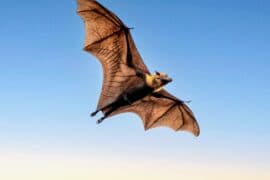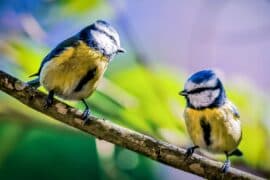American black duck
(Anas rubripes)

Description
The American black duck (Anas rubripes) is a large dabbling duck in the family Anatidae. It was described by William Brewster in 1902. It is the heaviest species in the genus Anas, weighing 720–1,640 g (1.59–3.62 lb) on average and measuring 54–59 cm (21–23 in) in length with a 88–95 cm (35–37 in) wingspan. It somewhat resembles the female and eclipse male mallard in coloration, but has a darker plumage. The male and female are generally similar in appearance, but the male's bill is yellow while the female's is dull green with dark marks on the upper mandible. It is native to eastern North America. During the breeding season, it is usually found in coastal and freshwater wetlands from Saskatchewan to the Atlantic in Canada and the Great Lakes and the Adirondacks in the United States. It is a partially migratory species, mostly wintering in the east-central United States, especially in coastal areas. American ornithologist William Brewster described the American black duck as Anas obscura rubripes, for "red-legged black duck", in his landmark article "An undescribed form of the black duck (Anas obscura)," in The Auk in 1902, to distinguish between the two kinds of black ducks found in New England. One of them was described as being comparatively small, with brownish legs and an olivaceous or dusky bill, and the other as being comparatively larger, with a lighter skin tone, bright red legs and a clear yellow bill. The larger of the two was described as Anas obscura by the German naturalist Johann Friedrich Gmelin in 1789 in the 13th edition of the Systema Naturae, Part 2, and he based it on the "Dusky Duck" of Welsh naturalist Thomas Pennant. The current scientific name, Anas rubripes, is derived from Latin, with Anas meaning "duck" and rubripes coming from ruber, "red", and pes, "foot". In flight, the white lining of the underwings can be seen in contrast to the blackish underbody and upperside. The purple speculum lacks white bands at the front and rear, and rarely has a white trailing edge. A dark crescent is visible on the median underwing primary coverts. Juveniles resemble adult females, but have broken narrow pale edges of underpart feathers, which give a slightly streaked rather than scalloped appearance, and the overall appearance is browner rather than uniformly blackish. Juvenile males have brownish-orange feet while juvenile females have brownish feet and a dusky greyish-green bill.
Taxonomic tree:







